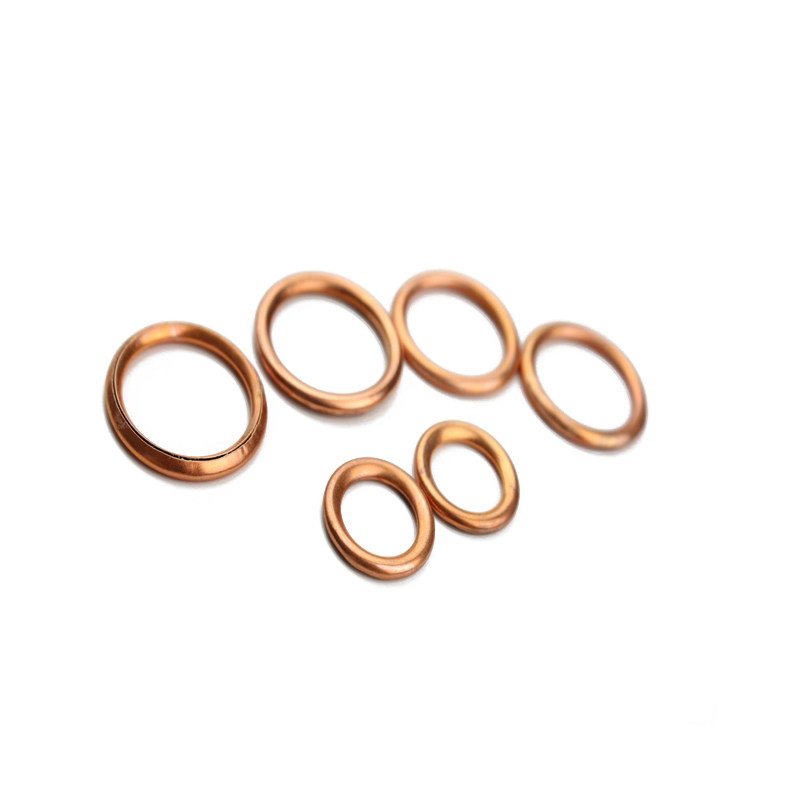oil seal manufacturing
Oil Seal Manufacturing An Overview
Oil seals, also known as grease seals or fluid seals, play an essential role in various machinery and automotive applications. Their primary purpose is to prevent the leakage of lubricants, prevent contaminants from entering the machinery, and maintain the integrity of mechanical systems. Manufacturing oil seals involves a specialized process that ensures they meet the high standards required for performance and quality.
The Importance of Oil Seals
Oil seals are critical components in engines, gearboxes, and hydraulic systems, where they protect internal parts from dirt and moisture while sealing in valuable lubricants. They are essential for the optimal functioning of many machines, as they help reduce friction, minimize wear, and extend the lifespan of mechanical systems. The wrong choice of oil seal or poorly manufactured seals can lead to significant operational issues, including leaks, increased maintenance costs, and decreased equipment efficiency.
Materials Used in Oil Seal Manufacturing
The manufacturing of oil seals involves a variety of materials, each selected based on specific application requirements. Common materials include
1. Nitrile Rubber (NBR) Known for its excellent oil resistance, NBR is widely used for oil seals in automotive and industrial applications. It can withstand high temperatures and is durable in the presence of various lubricants. 2. Fluoroelastomer (FKM) This material is often used in high-performance applications due to its superior chemical resistance and ability to operate at elevated temperatures. FKM seals can handle aggressive fluids that NBR cannot.
3. Polyurethane Used for seals requiring high abrasion resistance, polyurethane oil seals are effective in applications involving dynamic sealing where there’s repeated motion.
4. Silicone Rubber While not as commonly used as NBR or FKM for oil seals, silicone rubber is chosen for applications where flexibility and high-temperature resistance are essential.
The Manufacturing Process
oil seal manufacturing

The manufacturing process for oil seals typically involves several key steps
1. Design and Engineering The process begins with precise engineering and design to ensure that the oil seal meets specific application requirements. This includes selecting the right material and dimensions.
2. Molding The selected material is heated and molded into the desired shape. Compression molding and injection molding are the most common methods. The choice between these methods often depends on the complexity of the seal design and production volume.
3. Curing After molding, the seals undergo a curing process, which involves heating the molded rubber to harden it and enhance its durability. This step is crucial to ensuring the seal can withstand high pressures and temperatures.
4. Quality Control Rigorous quality control procedures are essential throughout the manufacturing process. This includes testing for dimensional accuracy, hardness, and the ability to withstand exposure to oils and other fluids.
5. Packaging and Shipping Once the seals pass all quality checks, they are packaged and prepared for shipping to customers. Manufacturers often implement specific packaging solutions to prevent damage during transport.
Innovations in Oil Seal Technology
With advancements in technology, the oil seal manufacturing industry is continually evolving. Manufacturers are exploring new materials and designs to improve the efficiency and lifespan of oil seals. Innovations such as improved sealing lip designs, enhanced wear resistance materials, and the incorporation of antifriction additives are setting new standards in performance.
Conclusion
In conclusion, oil seal manufacturing is a vital industry that supports many sectors, including automotive, aerospace, and industrial machinery. By focusing on quality materials, precise manufacturing processes, and innovative designs, manufacturers ensure that oil seals perform reliably in their applications. As technology continues to advance, the future of oil seal manufacturing looks promising, with ongoing improvements that will enhance performance and durability while meeting the diverse needs of various industries.
-
Understanding the Front Main Engine Seal: Purpose, Maintenance, and Installation
News Jul.29,2025
-
Understanding O-Rings and Seal Rings: Types, Applications, and Custom Solutions
News Jul.29,2025
-
Understanding Crankshaft Oil Seals: Rear Seals, Pulley Seals, and Their Role in Engine Integrity
News Jul.29,2025
-
The Importance of Front and Rear Crankshaft Seals in Engine Performance and Oil Management
News Jul.29,2025
-
Crank Oil Seals: Functions, Types, and Cost Considerations in Engine Maintenance
News Jul.29,2025
-
A Comprehensive Guide to O-Rings and Seals: Types, Materials, and Global Applications
News Jul.29,2025
-
Mastering Diesel and Performance Engine Maintenance: A Guide to Critical Oil Gaskets
News Jul.28,2025
Products categories















